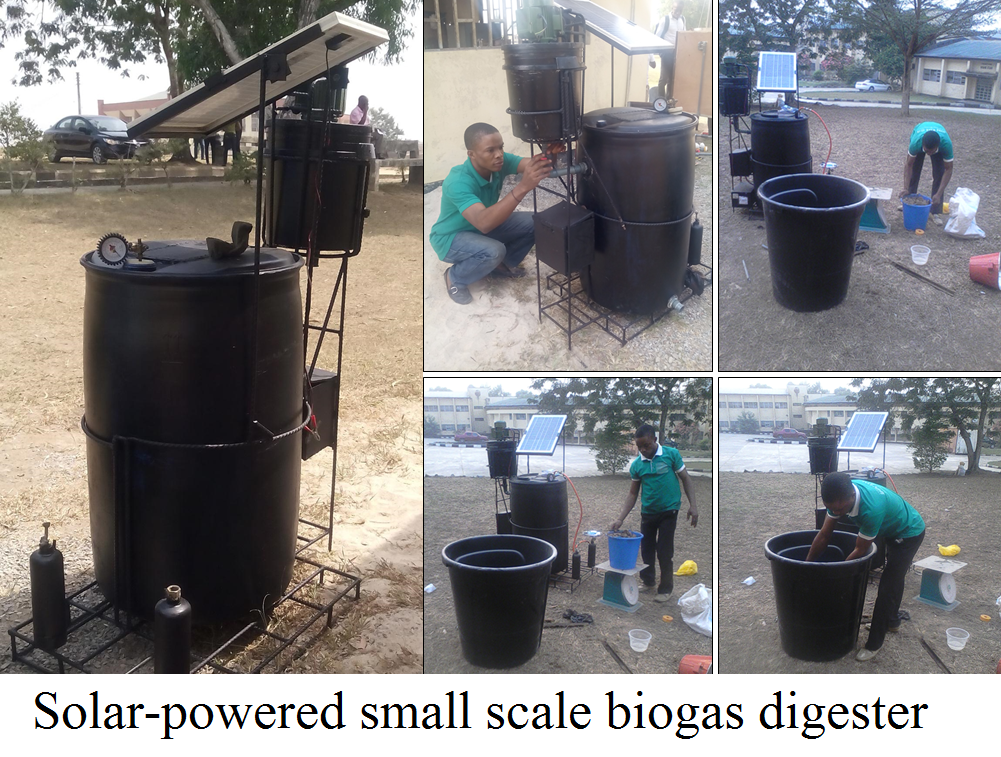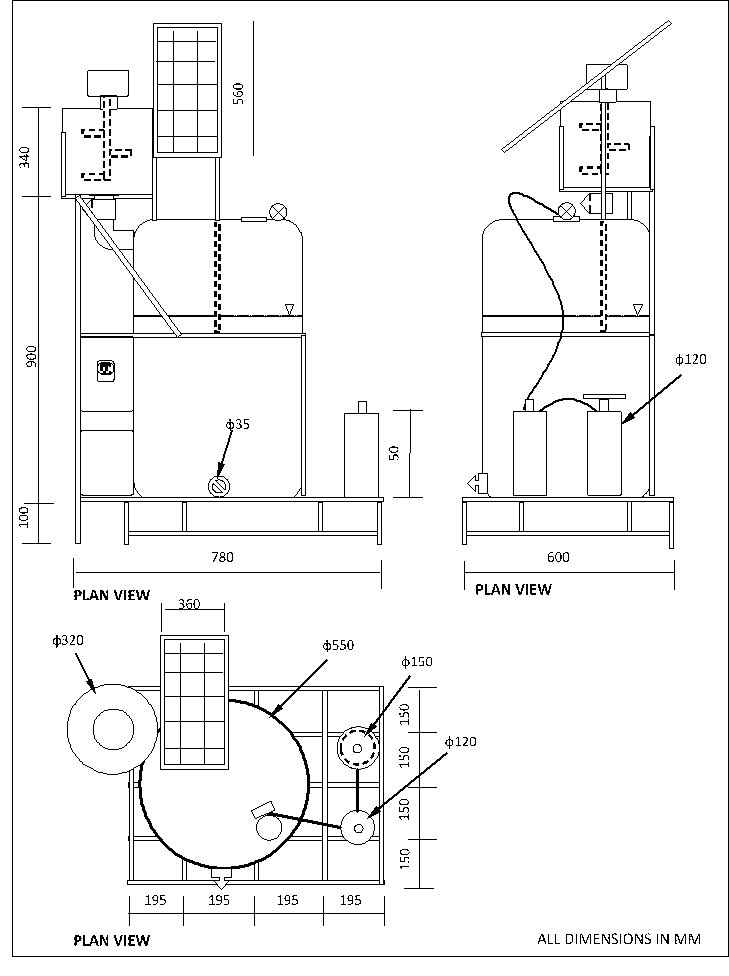KEY FACT: .

Edited on Canva
In recent years, there has been a remarkable shift towards renewable energy sources as societies worldwide recognize the urgent need to transition away from fossil fuels and towards more sustainable alternatives. This renewable energy revolution is driven by advancements in technology, declining costs, and growing environmental awareness. Among the various renewable sources, solar, wind, and hydroelectric power stand out as key pillars of this transformative movement, offering abundant, clean energy solutions to power our planet sustainably.
Solar Power: Capturing the Energy of the Sun
Solar power harnesses the abundant energy radiated by the sun using photovoltaic (PV) panels or solar thermal systems. Solar PV panels convert sunlight directly into electricity, while solar thermal systems use sunlight to heat water or other fluids to generate electricity or provide heating. With rapidly declining costs and improved efficiency, solar power has become one of the fastest-growing sources of renewable energy globally.
Advantages of solar power include:
- Abundance: The sun provides an essentially limitless source of energy, making solar power a reliable and sustainable option.
- Versatility: Solar panels can be installed on rooftops, in solar farms, or integrated into building materials, offering flexibility in deployment.
- Low Environmental Impact: Solar power generates electricity without producing greenhouse gas emissions or other pollutants, reducing air and water pollution.

This study was aimed at developing a small scale biogas digester. The specific objectives were to design and construct a biodigester for biogas production and to test the performance of the biodigester using raw poultry waste. The designed biogas digester consisted of digestion tank and cover, thermometer, gas discharge pipe, gas valve, pressure gauge, material level indicator, solar plate, storage cell, gas tanks, mixer unit with stirrer and support frame. The machine was constructed in the Engineering Workshop, University of Uyo with a handling capacity of 0.22m3. The digestion tank was an alloyed plastic cylinder of 4mm thickness and 550mm diameter. Performance of the biogas plant was examined using a substrate of concentration ratio of 1:2 and 1:3 waste-water ratios. Results of the analysis revealed that with material ratio of 1:2, the total volume of gas generated was 44.69mL in 24 days and the total gas yield was 0.894L/kg of poultry waste. With material ratio of 1:3, the total volume of gas generated was 18.75mL in 24 days. The total gas yield was 0.375L/kg of poultry waste. It was also observed that the poultry waste-to-water mixture of 1:2 gave better gas yield than the mixture of 1:3. However, the design and operation of the machine was not without its constrains among which included sealing of openings on digester to prevent pressure loss, high cost of solar energy conversion to electrical energy, measurement of little gas pressure and long time required for maturation of substrate fermentation. Based on the findings of the study, it was recommended among others that more days of observation should be dedicated to obtain the peak gas yield as well as optimum conditions for such yield. Moreover, there is the need for natural catalysts, possible from agricultural sources should be investigated to hasten the generation of gas.
Wind Power: Harnessing the Power of the Wind
Wind power utilizes the kinetic energy of the wind to generate electricity through wind turbines. These turbines consist of large blades mounted on a tower, which rotate when exposed to the wind, driving a generator to produce electricity. Wind power has experienced significant growth in recent years, with onshore and offshore wind farms becoming increasingly common sights across the globe.
Advantages of wind power include:
- Abundance: Wind is a virtually limitless resource, with the potential to provide a substantial portion of global electricity demand.
- Scalability: Wind farms can range in size from small, decentralized installations to large-scale utility projects, offering scalability to meet varying energy needs.
- Carbon-Free Energy: Wind power generates electricity without emitting greenhouse gases or other pollutants, making it a clean and environmentally friendly energy source.
Hydroelectric Power: Tapping into the Power of Water
Hydroelectric power harnesses the energy of flowing water to generate electricity. This is typically achieved by constructing dams or diverting river flows to drive turbines, which convert the kinetic energy of water into electrical energy. Hydroelectric power has long been a reliable source of renewable energy, providing a significant portion of global electricity generation.
Advantages of hydroelectric power include:
- Reliability: Hydroelectric power plants can provide consistent, baseload electricity generation, offering stability to the grid.
- Storage Capacity: Some hydroelectric facilities incorporate reservoirs to store water, allowing for energy storage and improved grid flexibility.
- Low Operating Costs: Once constructed, hydroelectric power plants have relatively low operating costs compared to fossil fuel-based power plants, contributing to long-term cost savings.
Conclusion: Towards a Sustainable Energy Future
The transition towards renewable energy sources such as solar, wind, and hydroelectric power represents a pivotal step towards a more sustainable energy future. By harnessing the power of these abundant, clean resources, societies can reduce reliance on fossil fuels, mitigate climate change, and promote energy independence and security.

If you found the article interesting or helpful, please hit the upvote button, and share for visibility to other hive friends to see. More importantly, drop a comment below. Thank you!
This post was created via INLEO, What is INLEO?
INLEO's mission is to build a sustainable creator economy that is centered around digital ownership, tokenization, and communities. It's Built on Hive, with linkages to BSC, ETH, and Polygon blockchains. The flagship application: Inleo.io allows users and creators to engage & share micro and long-form content on the Hive blockchain while earning cryptocurrency rewards.
Let's Connect
Hive: inleo.io/profile/uyobong/blog
Twitter: https://twitter.com/Uyobong3
Discord: uyobong#5966
Posted Using InLeo Alpha